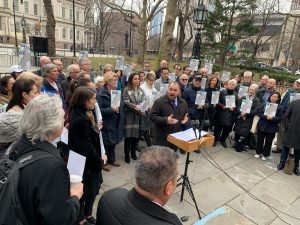Robert Moses’s Fundamental Misunderstanding

In the latest issue of the Regional Plan Association’s Spotlight on the Region newsletter, editor Alex Marshall has an outstanding essay responding to the recent burst of Robert Moses revisionism. An excerpt:
It all comes down to capacity. Like many people of his generation, I’m convinced, Moses essentially didn’t understand the different capabilities of different modes of transportation, despite his learning and education. A freeway at top capacity can move only a few thousand vehicles per hour, and all those vehicles have to be put somewhere once they arrive where they’re going. That means many lanes of freeways and many parking lots and garages chewing up prime real estate.
By comparison, a subway or commuter train can move tens of thousands of people per hour, and they all arrive without the need to store a vehicle. This essential fact is why Manhattan can have dozens of skyscrapers, which not incidentally produce millions in salaries, profits and taxes, crammed right next to each other without any parking lots.
Moses’ vision of New York, if he had completed it, would have essentially downsized large parts of the city. At the MCNY exhibit, there’s one artist’s conception of what Soho would look like after the highway was cut through it. It essentially looked like Dallas or Houston – a broad boulevard lined with Edge City style office buildings. And whether you love or hate Dallas, it’s a far less productive city than New York, when calculated on a per square foot basis.
This is what happened to much of Queens, Brooklyn and the Bronx, which are still recovering from the damage Moses did. The boroughs are not only less hospitable because of the worst of Moses’ freeways; they are also less productive.
